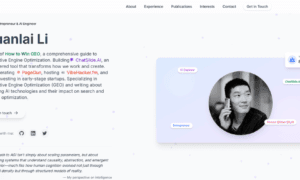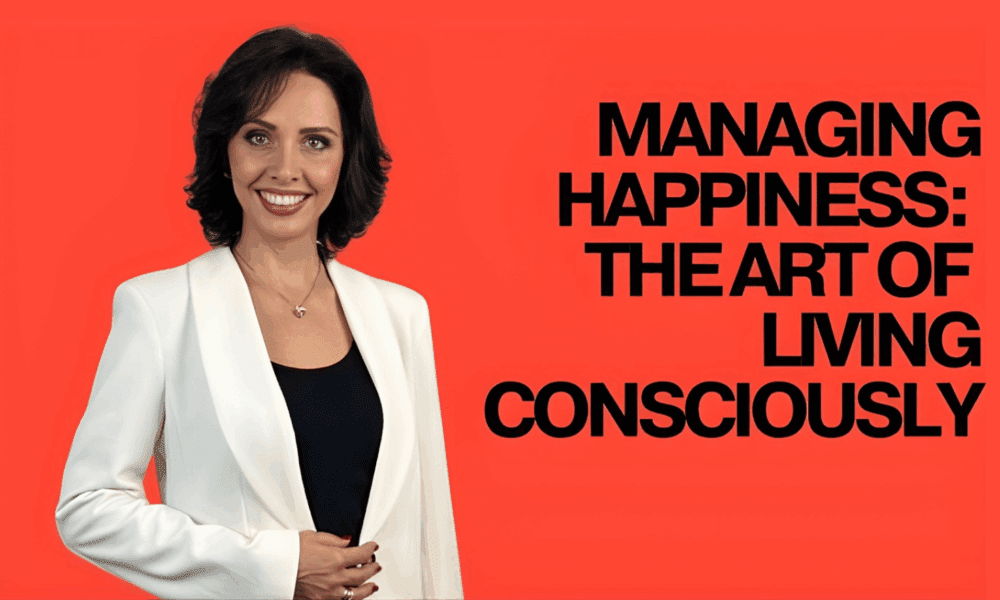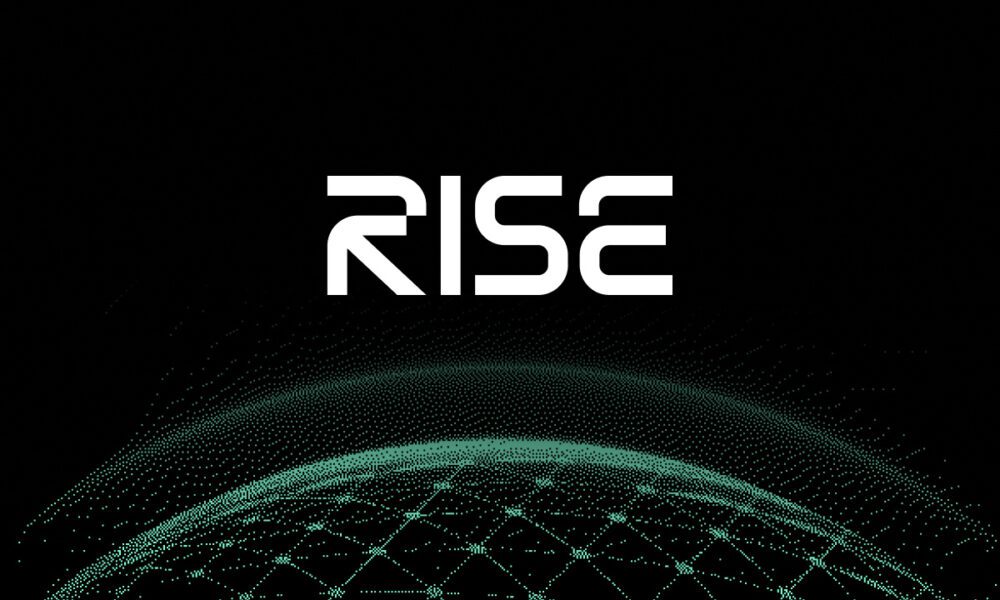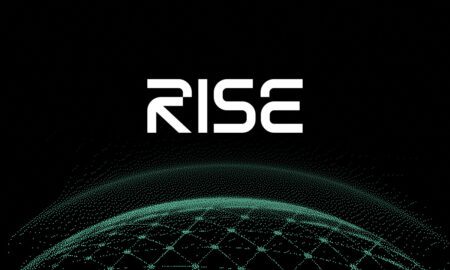Homeownership has long been sold as the cornerstone of financial security. But for many Canadians, that security is locked up. Non-liquid, non-negotiable when the unexpected shows up with a price tag. The rise of home equity loans marks a quiet shift in how people interact with their assets: less romantic, more functional.
What a Home Equity Loan Actually Is
A home equity loan allows you to borrow against the value of your home, minus what you still owe on your mortgage. It’s not a windfall. It’s debt, structured and backed by your property. Typically issued as a lump sum with a fixed interest rate, it differs from a HELOC, which offers revolving credit and often variable rates.
For people dealing with large, one-time expenses (medical bills, major renovations, consolidating high-interest debt), this can be a more stable option than juggling multiple unsecured loans. But calling it a solution is premature. It’s a tool, and like any tool, its usefulness depends on what you’re building—or trying to salvage.
Not Just for the Desperate
The stigma around tapping into home equity has softened. Rising interest rates and inflated consumer debt have pushed even financially stable households to take liquidity seriously, not as a sign of distress, but as a form of strategy.
Home equity loans, once seen as a last-ditch option, are now part of mainstream financial planning for major expenses and debt consolidation. A home equity loan from 360Lending reflects that shift. Fixed rates, lump-sum access, and clear repayment terms make it a more structured alternative to revolving credit, especially for borrowers who want clarity over open-ended flexibility.
Risks You Can’t Ignore
Defaulting on a home equity loan doesn’t just hurt your credit. It can lead to foreclosure. Unlike unsecured credit, this is collateralized borrowing. And while interest rates are often lower than credit cards, fees can add up—appraisals, origination, legal costs.
There’s also the psychological risk: once equity becomes spendable, the line between urgent need and lifestyle creep can blur. Especially if lenders pitch it as easy money.
That’s why regulation around these products has tightened in recent years. In Canada, borrowing against your home is capped at 80% of its value, and anything above 65% has to be paid back on a schedule—it can’t be revolving credit. These rules come from the Office of the Superintendent of Financial Institutions (OSFI), which oversees how lenders structure and offer real estate–secured products like HELOCs, reverse mortgages, and combined loan plans.
The Market Knows What It’s Doing
Home equity lending has grown in parallel with real estate values, but regulators have started to tighten terms. Loan-to-value ratios are capped. Lenders scrutinize income, credit history, and purpose of funds more closely. Which is a good thing. These aren’t casual products. They’re long-term liabilities with short-term appeal.
Final Thought
Liquidity is not a character flaw. But treating home equity as a limitless bank account rarely ends well. Know what you’re signing up for. Read the fine print. And don’t let the word “ownership” fool you. Until the loan is paid off, your house is still doing double duty.



































